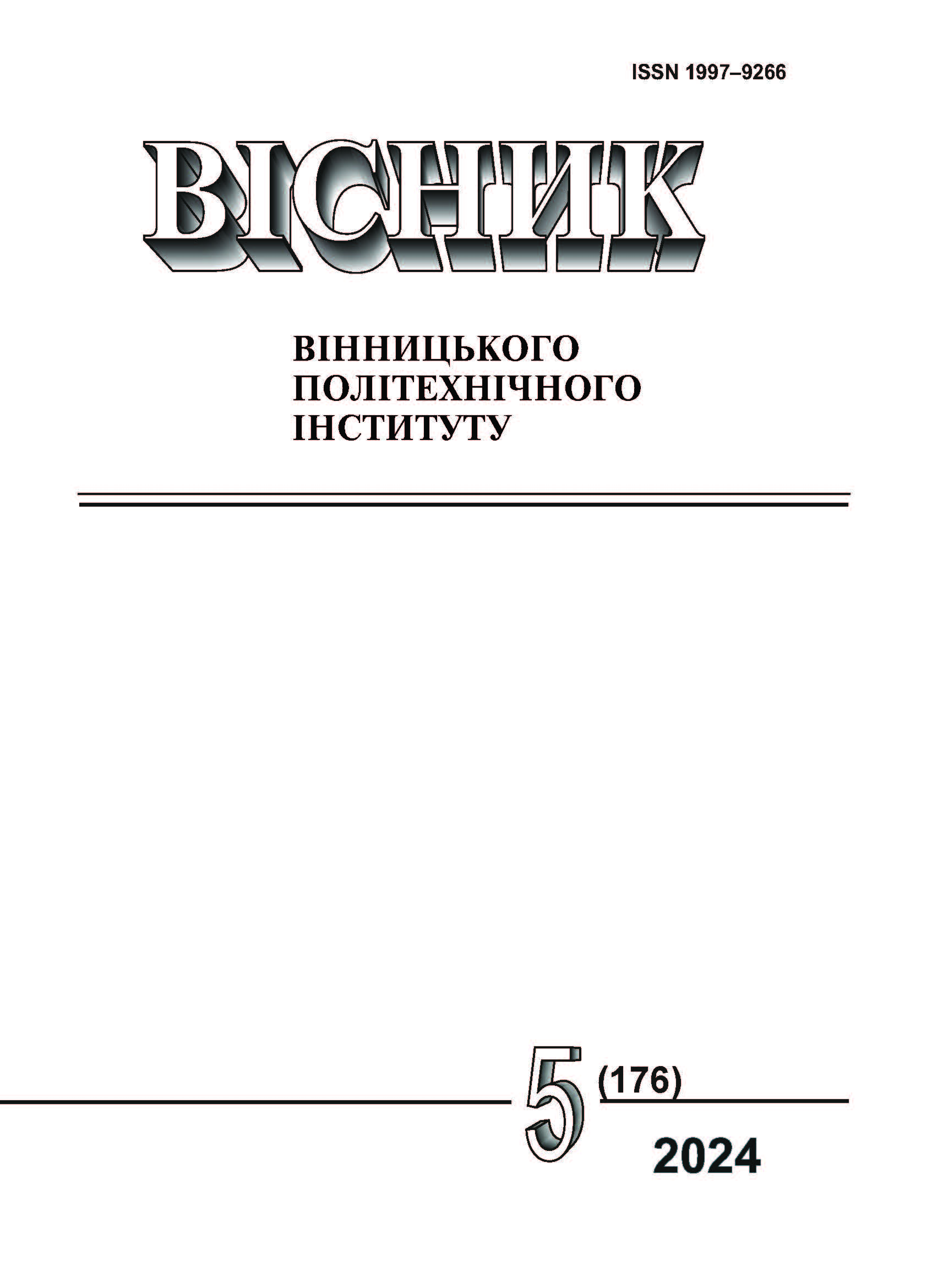Formation of a System for Detection and Recognition of the Unmanned Aerial Vehicles
DOI:
https://doi.org/10.31649/1997-9266-2024-176-5-109-114Keywords:
kamikaze drones, drones with drops, FPV-drones, detection and recognition system, detection methods, principles of system formationAbstract
The problematic issues of combating unmanned aerial vehicles (UAVs) are investigated. It is determined that due to the cheapness and large-scale production capabilities, the enemy has begun to actively use UAVs such as kamikaze strike drones and drones with drops (bombers), in particular FPV-drones. It is proved that the level of threat of such UAVs — battlefield drones is determined not only by their ability to select priority targets, and build an optimal trajectory even at the stage of attacking the target, but also by the difficulty of counteracting such means of destruction. For the most part, the problem of countering drones is related to the difficulty of their timely detection. Without solving this problem, the most modern means of fire destruction are unable to reliably counteract such a threat. It is proposed that, along with the classical detection methods, namely: acoustic, optical, radio engineering, radar, to use such detection methods as aerial and agent reconnaissance. The essence of this method is to determine the launch sites of drones, which allows to destroy enemy UAVs with mortar and small arms fire before the use of drones or to warn and target the detection system regarding the possible direction of use of drones and even their types. The basic principles of the formation of a detection and recognition system are defined and substantiated, which will allow to take into account the characteristics of drones as air targets, timely detect them and provide information to fire and electronic warfare. As the experience of the Russian-Ukrainian war shows, a system for detecting and recognizing air threats to troops and objects on the battlefield should be formed on the following principles: a combination of means in which detection methods are implemented and organizational measures for the use of these means; the ability to monitor and analyze the state and trends of the battlefield, planning options for using the system in accordance with the current or projected situation; constant collection of information on the movement of enemy UAVs, places of deployment.
References
ATP-3.3.8.1., Minimum training requirements for unmanned aircraft systems (UAS) operators and pilots. May 2019. 37 p. [Electronic resource]. Available: https://standards.globalspec.com/std/14246865/atp-3-3-8-1 .
ОП 3-0(46). Доктрина «Застосування безпілотних систем у силах оборони України». Київ, Україна: Генеральний штаб ЗС України, 2024, 38 с.
V. Kartashov, V. Oleynikov, O. Zubkov, and S. Sheiko, “Optical Detection of Unmanned Air Vehicles on a Video Stream in a Real-Time,” in 2019 International Conference on Information and Telecommunication Technologies and Radio Electronics (UkrMiCo), Odessa, Ukraine, 2019, pp. 1-4. https://doi.org/10.1109/UkrMiCo47782.2019.9165362 .
S. Adavanne, G. Parascandolo, P. Pertila, T. Heittola, and T. Virtanen, “Sound event detection in multichannel audio using spatial and harmonic features,” in 2016 Workshop on Detection and Classification of Acoustic Scenes and Events (DCASE2016), Budapest, Hungary, 2016, pp. 1-5, https://doi.org/10.48550/arXiv.1706.02293 .
E. Çakır, G. Parascandolo, T. Heittola, H. Huttunen, and T. Virtanen, “Convolutional recurrent neural networks for polyphonic sound event detection,” IEEE/ACM Transactions on Audio, Speech, and Language Processing (TASLP), vol. 25, no. 6, pp. 1291-1303, June. 2017. https://doi.org/10.1109/TASLP.2017.2690575 .
A. M. Zelnio, “Detection of small aircraft using an acoustic array,” MSEgr, Wright State University, 2009, 55 p.
V. M. Kartashov, S. I. Babkin, E. G. Tolstykh, and N. G. Lepeha, “Systematic errors in measurement of meteorological variables in correlation processing radioacoustic sounding system signals,” Telecommunications and Radio Engineering, vol. 75, no. 9, pp. 835-843, January, 2016. https://doi.org/ 10.1615/TelecomRadEng.v75.i9.80 .
N. U. A. Tahir, Z. Zhang, M. Asim, C. Junhong, and M. ELAffendi, “Object Detection in Autonomous Vehicles under Adverse Weather: A Review of Traditional and Deep Learning Approaches,” Algorithms, vol. 17 (3), no. 103, pp. 1-36, February, 2024. https://doi.org/10.3390/a17030103 .
Наш черговий трофей — російська РЛС «Фара». [Електронний ресурс]. Режим доступу: https://armyinform.com.ua/2022/03/17/nash-chergovyj-trofej-rosijska-rls-fara/ . Дата звернення 05. 08. 2024.
Фара (РЛС). [Електронний ресурс]. Режим доступу: https://uk.wikipedia.org/wiki/%D0%A4%D0%B0%D1%80%D0%B0_(%D0%A0%D0%9B%D0%A1) . Дата звернення 05. 08. 2024.
AARTOS DDS. [Електронний ресурс]. Режим доступу: https://drone-detection-system.com/aartos-dds/product-overview/ . Дата звернення 05. 08. 2024.
Downloads
-
pdf (Українська)
Downloads: 1
Published
How to Cite
Issue
Section
License

This work is licensed under a Creative Commons Attribution 4.0 International License.
Authors who publish with this journal agree to the following terms:
- Authors retain copyright and grant the journal right of first publication.
- Authors are able to enter into separate, additional contractual arrangements for the non-exclusive distribution of the journal's published version of the work (e.g., post it to an institutional repository or publish it in a book), with an acknowledgment of its initial publication in this journal.
- Authors are permitted and encouraged to post their work online (e.g., in institutional repositories or on their website) prior to and during the submission process, as it can lead to productive exchanges, as well as earlier and greater citation of published work (See The Effect of Open Access).





